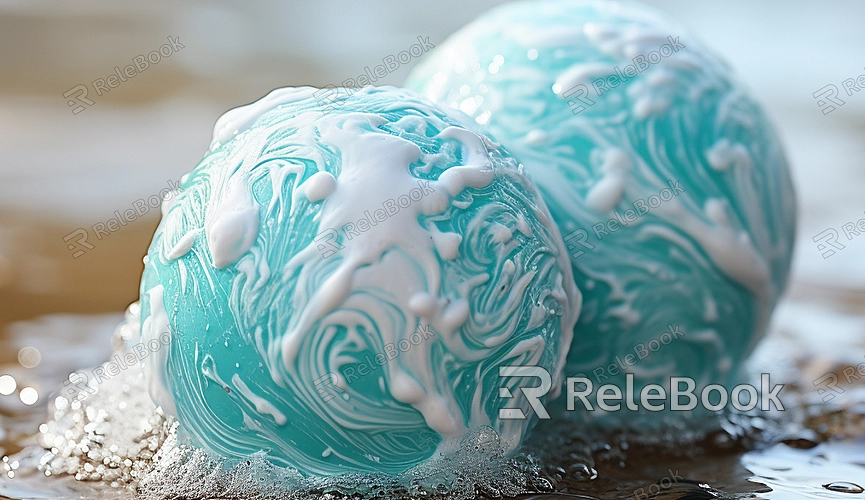Blender export procedural texture
Exporting procedural textures created in Blender involves attempting to transfer them to other software or file formats. Procedural textures are generated through algorithms rather than being based on image files. In Blender, you can use the node system and built-in procedural texture generators to create various texture effects, such as noise, grids, stripes, and more. Exporting procedural textures may involve converting these algorithms or texture parameters into formats that other software can understand or utilize, allowing these texture effects to be used in other 3D modeling or rendering software. The uniqueness of this texture lies in its reliance on algorithms rather than image files, injecting richer details and textures into the model.

1. Open Blender and Load the Model:
Begin by opening Blender and loading the 3D model that you want to apply procedural textures to. This can be any shape, ranging from simple geometric forms to complex architectural structures.
2. Navigate to the "Texture" Tab:
In Blender's "Texture" tab, you'll find various options for procedural textures. These include Boolean, Noise, Ambient Occlusion, and many other algorithmically generated textures.
3. Choose Procedural Texture Type:
Select the procedural texture type that suits your model, such as a noise-based texture, to add natural texture to the model's surface.
4. Adjust Procedural Texture Parameters:
By adjusting the parameters of the procedural texture, you can alter properties like density, color, shape, and more. This provides limitless possibilities for creating unique effects that match your design vision.
Scene Examples:
1. Natural Terrain of Mountains:
Using procedural textures, you can create realistic terrain effects for mountain models. The texture on each slope presents irregular shapes and colors, making the entire mountain range appear vivid and authentic.
2. Interstellar Space Travel:
When creating space scenes, procedural textures can generate vibrant nebulae and galaxies. The details on the surface of each planet come to life due to the complexity of the texture, creating a fantastical space journey.
3. Glass Facades of Urban Skyscrapers:
For urban landscapes, realistic textures for high-rise buildings may be needed. The use of procedural textures can generate natural lighting and reflections on the building's surface, making the cityscape modern and captivating.
4. Wind-blown Grains in the Desert:
In a desert scene, using procedural textures allows you to simulate the effect of wind-blown sand grains. Each grain of sand displays subtle colors and shapes, enhancing the desert landscape.
5. Metallic Instruments in a Tech Lab:
When designing a tech lab, procedural textures can add realism to the surface of metallic instruments. Each instrument part can showcase a unique metallic texture, creating a more technological atmosphere in the lab.
6. Coral Reefs in the Underwater Seabed:
When creating underwater scenes, procedural textures can bring natural colors and shapes to the surface of coral reefs. Each piece of coral appears lifelike due to its intricate texture.
7. Ancient Civilization's Stone Carvings:
In scenes depicting ancient civilizations, procedural textures can add traces of age to the surface of stone carvings. Each carved detail gains a sense of history through texture, adding a mysterious atmosphere to the entire scene.
8. Digital Fluorescence in Futuristic Cities:
In futuristic city design, procedural textures can support the effect of digital fluorescent lighting. The texture of each fluorescent light can showcase a unique digital gloss, making the futuristic city more dazzling.
These are just a few examples of how Blender's procedural textures are commonly used in 3D model rendering and virtual scene rendering. If you need a variety of high-quality 3D textures and HDRI, you can download them from Relebook and directly apply the textures to your models after downloading.

